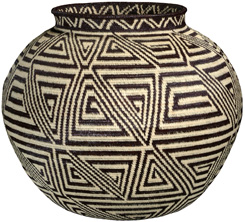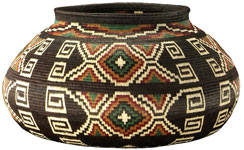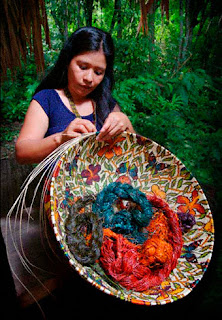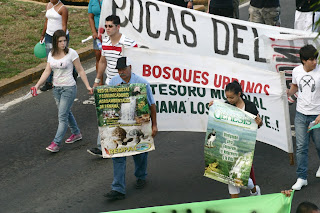Globalization, defined as the amalgamation of different national economies into one international market, is an increasingly important component of modern economics. Whether or not a country is globalized, can predict its economic success and influence. Panama ranks as the highest globalized country in Latin America. Considering its location between two continents and two oceans and its famous canal system, this statistic is not too surprising. After Panama gained control of the Panama Canal in 1999, it has experienced positive economic growth. Key international goods that pass through its canal include automobiles, agricultural food, and technology (1). As a reaction to Panama’s economic explosion, there is more traffic in the canal and a need to increase the canal’s width to allow more ships to travel through it. Panamanian voters passed a $5 billion dollar bond measure, aimed to reconstruct the Panama Canal. With the completion of this project, the canal’s shipping capacity will double and allow for larger ships (2). An estimated $1 billion dollar profit will be received in eleven years.
With every major construction project comes positive and negative results. The obvious positive outcome is that Panama will become a more significant player in the world market. Panama needs to take this step toward greater globalization to maintain a stable economy. The concern that opponents fear is that it will increase corruption. The profit of the canal barely provides any benefits to the average citizen. It is predicted that the rich will become richer and the poor will become more deprived. In a previous post, I wrote about Panama’s poverty issue stemming from a lack of roads. Will the Panama Canal’s revenue help to construct basic roads or will it be absorbed by wealthy corporate people? It will most likely be the latter. It is also interesting to note that out of the 14,000 canal employees, only 4,000 of them are Panamanian citizens (2). Since many Panamanians are unskilled workers, the Canal Authority will probably continue to hire foreign workers. Although the design aims to recycle water and minimize damage to marine life, the construction will result in deforestation, runoff, and negative impacts on the wildlife.
Whether or not this construction plan is a wise decision does not matter. It was passed and construction will soon follow. Panama’s success as a global player is the country’s key priority. Hopefully the profit of the canal’s expansion will trickle down into basic construction necessities and Panama’s education system. Perhaps with this increase in economic revenue, the standard of living will increase as well.
Image Source: http://ows.edb.utexas.edu/site/sah-site/photos-4
Sources:
2. http://www.globalenvision.org/library/3/1339





















